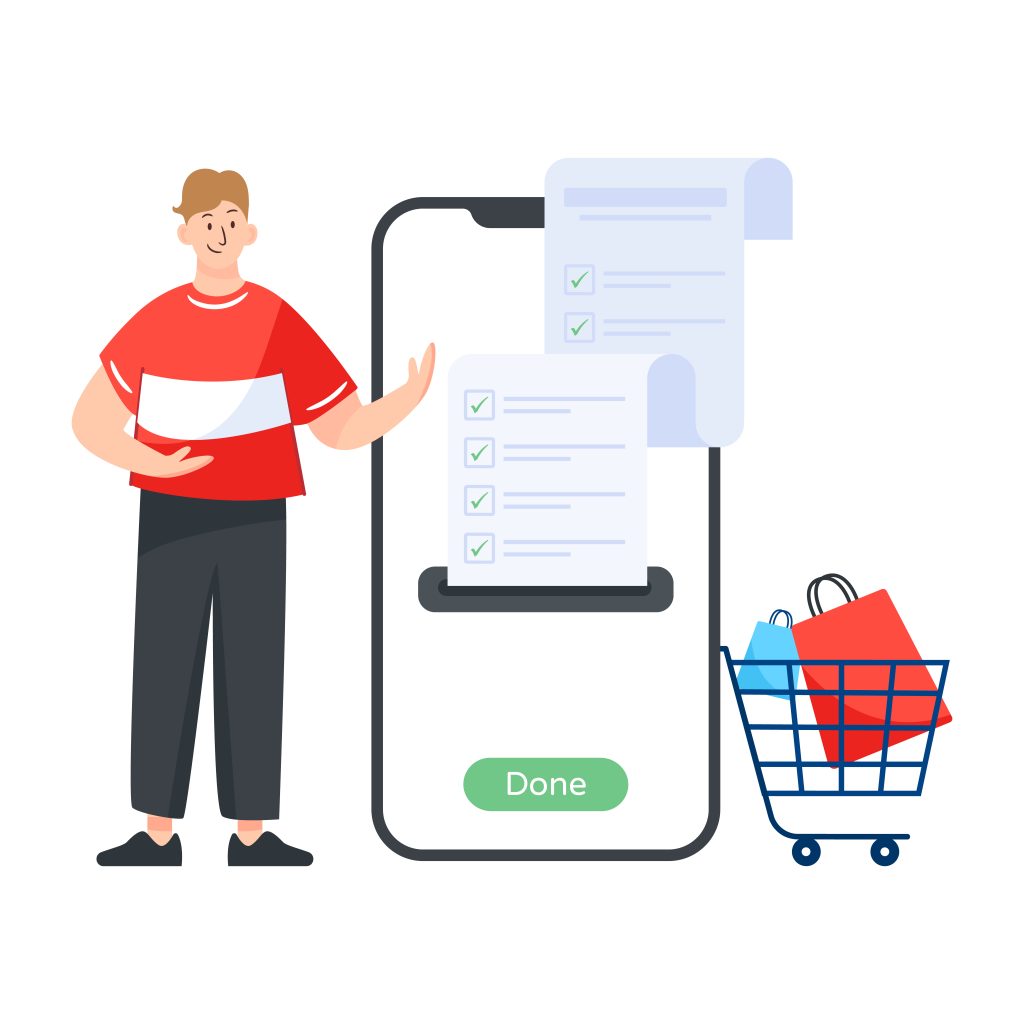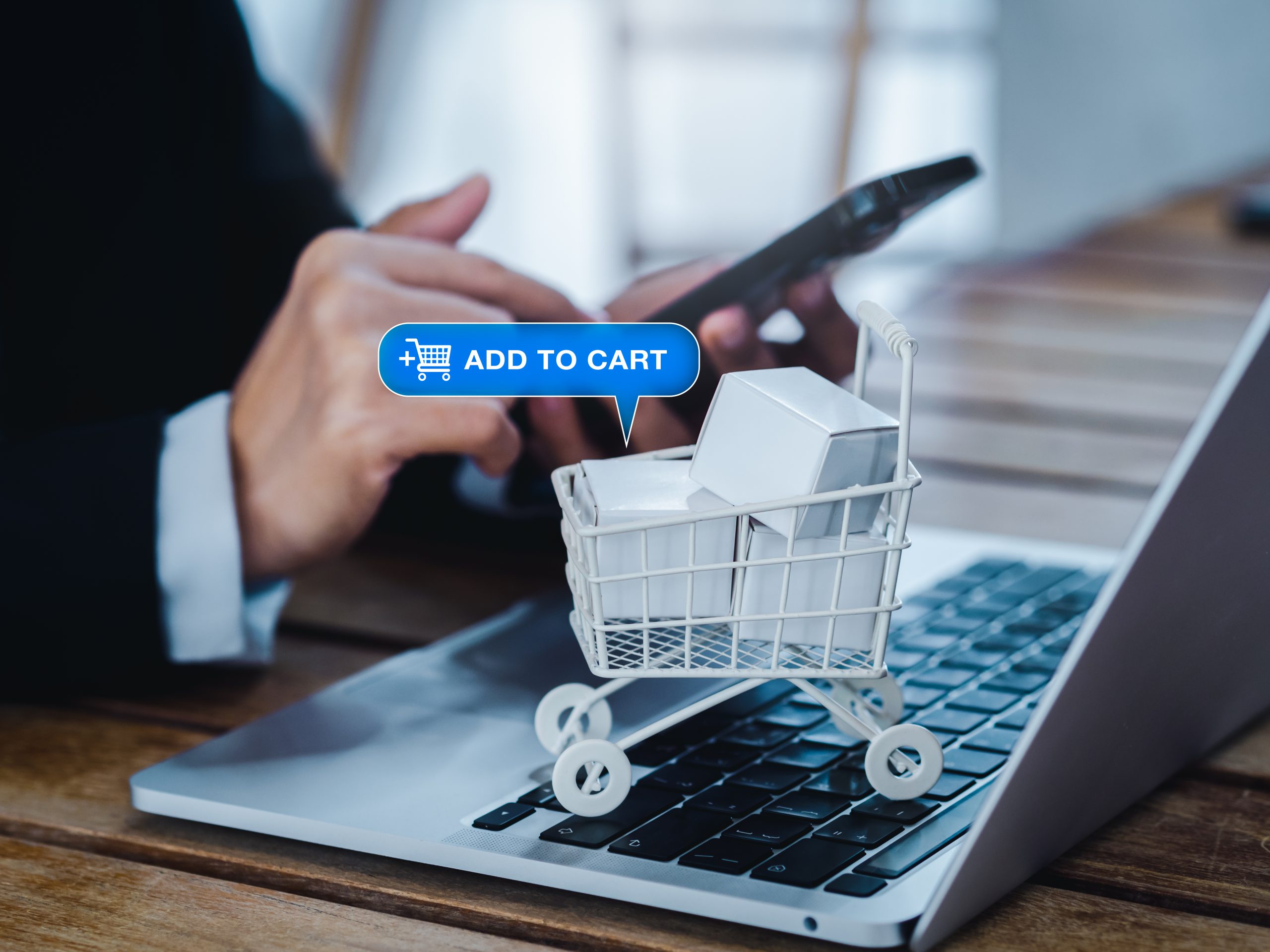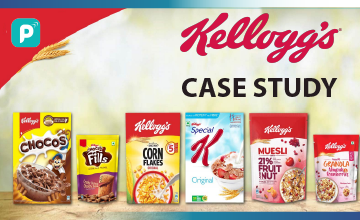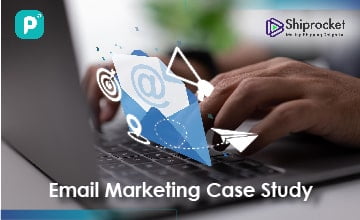The most common thing e-commerce businesses wish to tackle is shopping cart recommendations. Getting visitors to your e-commerce website is a challenge. Businesses need to use paid ads, make sure the website is easy to find on search engines, and make sure visitors have a smooth experience on the site so they don’t leave.
After putting in a lot of time, effort, and money to get customers, the last thing one wants is for them to leave without buying anything. This is called “cart abandonment.” It happens when people add things to their online shopping cart but then leave your website without buying them.
With abandoned cart emails e-commerce businesses target these lost customers. These are automatic emails reminding customers to buy the things in their shopping cart. They also let businesses suggest other things to buy and offer special deals. These emails can boost how many people actually make a purchase because they’re personalized and have tempting offers.
Abandoned cart emails get opened about 41.18% of the time, which is much better than the usual marketing email that only gets opened about 21% of the time. They’re really important for getting back sales that seemed lost.
Cart Recovery Emails
Almost 4 out of 5 website visitors leave after adding products to their shopping cart. This is a high number to ignore. Cart recovery emails give them a chance and reminder to complete the purchase.

Timing is highly crucial for recovery emails. Emails need to be sent at a time when the shopping experience is fresh in the shopper’s mind. Marketing automation software helps set up timings for the cart recovery emails.
Common Reasons for Cart Abandonment
There are various reasons for cart abandonment, let’s look at the major ones below:
Issues with the checkout process
A convoluted checkout page hinders users from completing a purchase. Many e-commerce businesses are now opting for a single-page checkout to streamline the process, allowing customers to enter payment details, review, and confirm their purchases all on one page.
Requiring mandatory account creation is another obstacle. Shoppers are often reluctant to invest time in filling out forms and creating a new password. Enabling guest checkout provides a more efficient experience.
Furthermore, lengthy checkout procedures can raise privacy concerns. If customers lack trust in your website, they may abandon their carts to avoid potential security risks.
High shipping costs
Additional fees are a major reason for abandoned shopping carts. If shipping fees exceed customers’ expectations, they may opt out of their purchase. If free shipping isn’t feasible, consider providing an estimate of shipping fees on the product landing page. This way, customers won’t be surprised by unexpected fees at checkout.
Superior deals elsewhere
Customers may rethink their purchase if they find a slightly better deal on a competitor’s site. A lower price, generous return policy, or user-friendly website can be enticing enough to lure your customers away.
To prevent losing sales due to easily fixable mistakes, ensure your pricing strategy and website experience are comparable to, if not better than, your competitors.
Technical website issues
Website glitches like slow-loading pages, broken links, and unresponsive design discourage customers from completing their purchase. Shoppers may encounter errors when entering payment information or find the checkout page confusing. Regularly test your ecommerce site to guarantee a seamless checkout experience, regardless of the device customers are using.
Customer readiness
Not all cart abandonments can be attributed to the retailer. Sometimes, the customer may have had second thoughts, especially for larger purchases, or may have been simply browsing without immediate intent to buy.
Sending a cart abandonment email will help keep your brand in the customer’s mind when they are ready to make a purchase.
Strategies for Crafting Cart Recovery Emails
Crafting compelling cart recovery emails is essential for converting abandoned carts into sales. Here are the best practices to consider:

Personalization
Tailor the email to the recipient by addressing them by name and utilizing dynamic content to highlight specific details about their abandoned items. This personalized touch demonstrates a genuine interest in their preferences.
Attention-Grabbing Subject Lines
Create subject lines that captivate the reader’s interest and motivate them to open the email. Emojis and urgency-driven language can be effective in increasing engagement.
Clear Call-to-Action (CTA)
Provide a prominent and straightforward CTA that guides the customer back to their cart. Using persuasive language like “Complete Your Purchase” or “Return to Cart” encourages action.
Product Imagery and Descriptions
Include visuals and descriptions of the abandoned items to remind the customer of their initial interest. This visual reinforcement can reignite their desire to make the purchase.
Incentives and Discounts
Extend limited-time discounts or exclusive offers to entice the customer to finalize their purchase. This added value encourages immediate action.
Trust-Building Elements
Address any potential concerns the customer may have, such as security or return policies. Providing reassurance instills confidence in their decision to proceed with the purchase.
Urgency and Scarcity
Create a sense of urgency by mentioning limited availability or time-sensitive offers. This prompts the customer to act promptly to avoid missing out.
Mobile Optimization
Ensure the email is easily viewable on mobile devices, as many customers check their emails on smartphones. A seamless mobile experience improves the likelihood of conversion.
A/B Testing
Experiment with different elements, including subject lines, content, and CTAs, to discern what resonates best with your audience. Utilize A/B testing to refine your email strategy for optimal results.
Follow-Up Sequence
Implement a series of follow-up emails with carefully spaced intervals. This approach provides gentle reminders without overwhelming the customer.
Segmentation
Divide your audience based on behavior, demographics, or purchase history. Customize your recovery emails for specific segments to deliver a more personalized touch.
Analytics and Tracking
Monitor the performance of your cart recovery emails using analytics. Keep an eye on metrics like open rates, click-through rates, and conversion rates to fine-tune your strategy for improved outcomes.
By incorporating these practices, you can create impactful cart recovery emails that effectively re-engage customers and guide them toward completing their purchases.
Wrapping Up
Sending abandoned cart emails is really important for online stores. It helps them sell more and make more money. These emails also let stores understand why people leave their shopping carts without buying anything, so they can make things better for customers.
These emails also help stores become friends with their customers. They can talk to customers in a personal way and give them special deals to encourage them to come back and buy what they left behind in their cart.
Digital marketing is a strategic move and you need an expert for it. Visit our website to know more about the various marketing services or contact us through email at [email protected].
All images belong to their respective owners. Please email [email protected] if removal is required.




